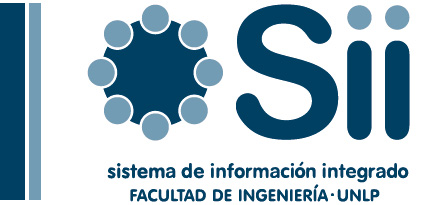Contemporary Sensorimotor Theory [libro electrónico] / edited by John Mark Bishop, Andrew Owen Martin.
Tipo de material: TextoSeries Detalles de publicación: Cham : Springer International Publishing : Imprint: Springer, 2014.Descripción: x, 253 p. : ilTipo de contenido:
TextoSeries Detalles de publicación: Cham : Springer International Publishing : Imprint: Springer, 2014.Descripción: x, 253 p. : ilTipo de contenido: - text
- computer
- online resource
- 9783319051079
- Q342
 Libro electrónico
Lista(s) en las que aparece este ítem:
Ebooks
Libro electrónico
Lista(s) en las que aparece este ítem:
Ebooks
The Explanatory Status of the Sensorimotor Approach to Phenomenal Consciousness, and its Appeal to Cognition -- Heideggerian Credentials? Oâ_TReganâ_Ts Sensorimotor Approach to Perception and Robots that Feel -- The Phenomenology of Sensorimotor Understanding -- How Enactive is the Dynamic Sensorimotor Account of Raw Feel?: Discussing some Insights from Phenomenology and the Cognitive Sciences -- Experience and consciousness: Concepts from the outside in -- Sensorimotor knowledge and the radical alternative -- The Problem of Invisible Content -- Beyond Vision: extending the scope of a sensorimotor account of perception -- From a Sensorimotor to a Sensorimotor++ Account of Embodied Conceptual Cognition -- Conscious Sensation, Conscious Perception and Sensorimotor Theories of Consciousness -- Basic Pretending as Sensorimotor Engagement? Lessons from Sensorimotor Theory for the Debate on Pretence -- Investigating Sensorimotor Contingencies in the Enactive Interface -- Non-Representational Interaction Design -- Minimally Cognitive Robotics: Body Schema, Forward Models, and Sensorimotor Contingencies in a Quadruped Machine -- Human language and sensorimotor contingency.
This book analyzes the philosophical foundations of sensorimotor theory and discusses the most recent applications of sensorimotor theory to human computer interaction, childâ_Ts play, virtual reality, robotics, and linguistics. Why does a circle look curved and not angular? Why does red not sound like a bell? Why, as I interact with the world, is there something it is like to be me? An analytic philosopher might suggest: ``if we ponder the concept of circle we find that it is the essence of a circle to be roundâ_Tâ_T. However, where does this definition come from? Was it set in stone by the Gods, in other words by divine arbiters of circleness, redness and consciousness? Particularly, with regard to visual consciousness, a first attempt to explain why our conscious experience of the world appears as it does has been attributed to Kevin Oâ_TRegan and Alva Noe, who published their sensorimotor account of vision and visual consciousness in 2001. Starting with a chapter by Kevin Oâ_TRegan, Contemporary Sensorimotor Theory continues by presenting fifteen additional essays on as many developments achieved in recent years in this field. It provides readers with a critical review of the sensorimotor theory and in so doing introduces them to a radically new enactive approach in cognitive science. Â .
No hay comentarios en este titulo.
